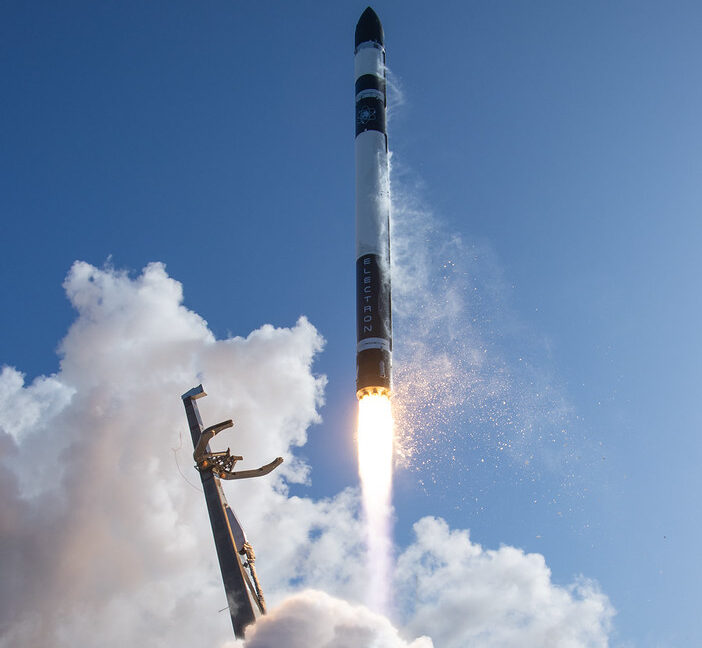The Mayan calendars were maintained by specialists known as “daykeepers,” a cultural tradition that continues today. There is general consensus that eclipses were important to the Maya. “They were tracking them, they had rituals around [eclipses], and it was built into their system of belief, ” Lowry told Ars. “So we know the eclipse table is part of the cultural knowledge of the time. We were just trying to figure out how the table came to be in its current state.”
A predictive mechanism
Lowry and Justeson’s analysis involved mathematically modeling the eclipse predictions in the Dresden Codex table and comparing the results to a historical NASA database. They focused on 145 solar eclipses that would have been visible in the Maya geographical region between 350 and 1150 CE.
First publication in 1810 by Alexander von Humboldt, who repainted five pages for his atlas.
Credit:
Public domain
They concluded that the codex’s eclipse tables evolved from a more general table of successive lunar months. The length of a 405-month lunar cycle (11,960 days) aligned much better with a 260-day calendar (46 x 260 =11,960) than with solar or lunar eclipse cycles. This suggests that the Maya daykeepers figured out that 405 new moons almost always came out equivalent to 46 260-day periods, knowledge the Maya used to accurately predict the dates of full and new moons over 405 successive lunar dates.
The daykeepers also realized that solar eclipses seemed to recur on or near the same day in their 260-day calendar and, over time, figured out how to predict days on which a solar eclipse might occur locally. “An eclipse happens only on a new moon,” said Lowry. “The fact that it has to be a new moon means that if you can accurately predict a new moon, you can accurately predict a one-in-seven chance of an eclipse. That’s why it makes sense that the Maya are revising lunar predicting models to have an accurate eclipse, because they don’t have to predict where the moon is relative to the ecliptic.”
The Maya also understood that they had to adjust their tables occasionally to account for slippage over time. “When we talk about accuracy, sometimes we think about being able to predict something down to the microsecond,” said Lowry, pointing to NASA records. “The Maya have a very accurate calendar, but they’re predicting to the day, not down to the second.”


